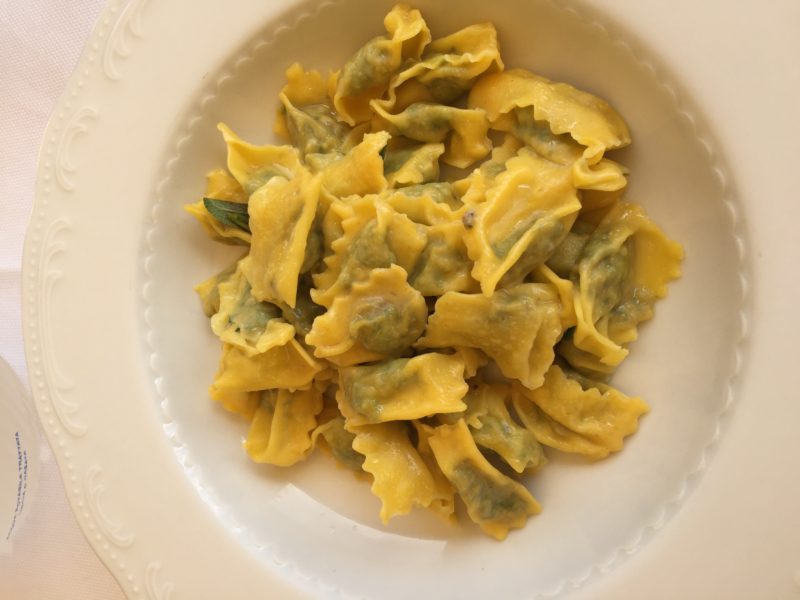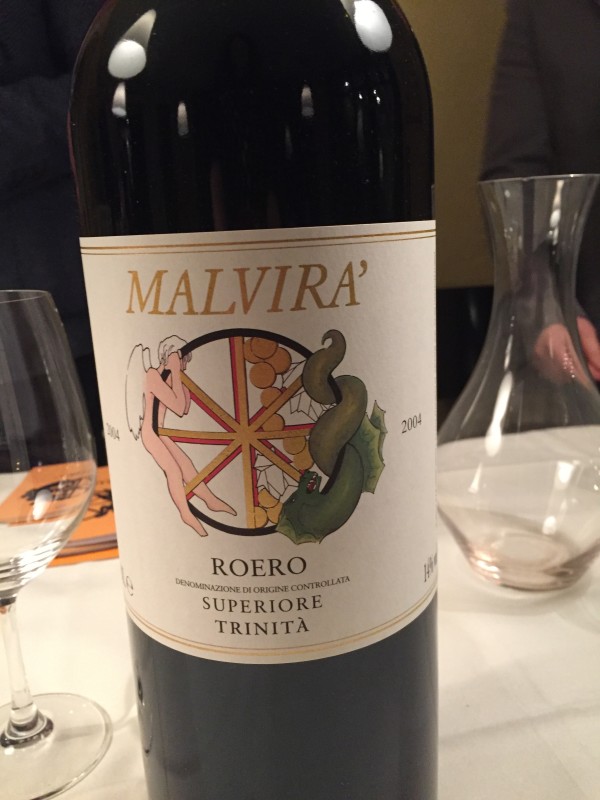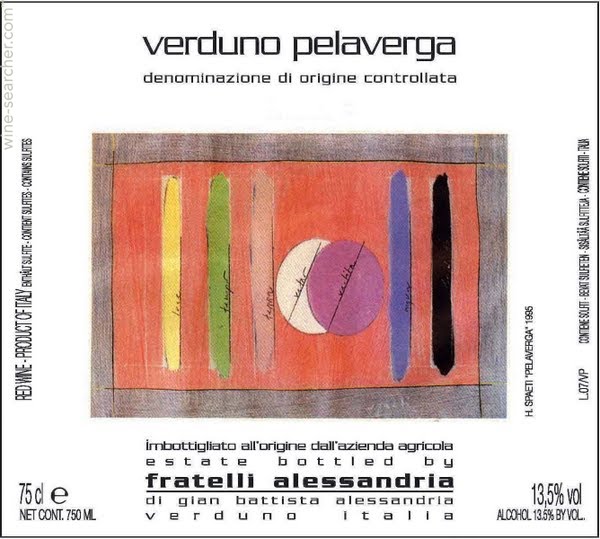Where to Eat and Drink in Barolo:
/There is something very special about the wine region of Barolo, located in the Piedmont region of Italy (“Piemonte” in Itailan). Maybe it is the beautiful rolling hills, surrounded by vineyards. Or maybe it’s the laid-back atmosphere of the people who live and work here. It might also be the care, passion, and authenticity of the winemakers and their wines. No matter, Barolo is a “must visit” for wine lovers everywhere.
My husband and I visited the Barolo region in early September. We stayed for a weekend and visited a handful of carefully-selected wineries. We stayed in a charming farmhouse B&B, situated amongst the beautiful Piedmont hills. Our B&B also happened to make their own wines. The entire experience of our weekend in Piedmont can be summarized in a few words: romantic, educational, unfussy, picturesque, and memorable. As a wine lover, food and travel enthusiast, and blogger, I’d like to share with you my favorite Barolo wineries and eateries!
Cantina Mascarello Bartolo: Perhaps the most highly regarded winery in the Barolo region, Cantina Mascarello Bartolo is a “must visit” for all wine lovers. Why? Well, the Mascarello Bartolo wines are nearly impossible to find in Italy or internationally. The winery produces a relatively small number of bottles each year, and they are sold out well before the wines are even bottled. They take special care to produce their wines using traditional methods, and they have an extremely loyal following of wine-loving customers around the world. Despite the high demand for their wines internationally, the owner of the winery, Maria Teresa (daughter to the late Bartolo Mascarello), makes only enough wine to comfortably sustain her business, her family, and her employees. Moreover, she refuses to substantially raise the price of the wines, as she believes it would be unfair to the winery’s long and loyal customers. There is no greed or pretense here – just a passion for producing high quality wine in a traditional way. Due to the high demands for Mascarello Bartolo wines, you can’t buy the wine at the winery. Fortunately, you can still have a free tasting and tour of the cellars. If you’re a true wine-lover, don’t pass up this opportunity to experience the Mascarello Bartolo wines. You must call ahead to make a reservation. The winery does not have a website. Phone number: +39 0173 56125.
Podere Ruggeri Corsini: Podere Ruggeri Corsini is located in the country, nearly halfway between Monteforte d’Alba and Barolo. Our tasting here was perhaps the most educational experience we had during our visit to Barolo. Podere Ruggeri Corsini is a wonderful family-run winery with reasonably priced wines and excellent customer service. The tasting was free, and it was extensive. The wines were all very high quality, with my favorite being their Barolo from Bussia. The entire tasting experience at Podere Ruggeri Corsini was laid back, relaxing, informative – and delicious, of course! They also have the cutest little dog that likes to join in on visit. Call or email to make a reservation. +39 340 6741204.
Brezza Giacomo e Figli:Located in the town of Barolo, Brezza is a popular winery that also owns a hotel and restaurant. As the name would suggest, the winery is owned by the Brezza family. The Brezza estate spans over 22 hectars and dates back to 1885. Brezza had by far the most wines of any of the tastings, with multiple Barolos that I loved. Bonus? The wines are all sold at very affordable prices! You can reserve a tasting and tour by appointment only. Check out their website for more information.
Tenuta Montanello: This is the farmhouse B&B we stayed at during our trip to Piedmont. The location is perfect, nestled in the heart of Castiglione Falletto. The prices are reasonable, the scenery is unbeatable, breakfast is included, and the rooms are very comfortable. If you’re looking for a relaxing and authentic place to stay during your visit, I highly recommend Tenuta Montanello. Above and beyond having a wonderful stay here, Tenuta Montanello is also a very small family-run winery. Their wines are all quite elegant and very inexpensive when compared to other wineries in the area. They have an outdoor seating area that overlooks the surrounding vineyards. My ultimate recommendation for Tenuta Montanello? Stay here. Have a complimentary wine tasting. Buy a few bottles of their amazing wines. Crack a bottle (or two) while relaxing outside and taking in the views. Then – voila! You can walk right to your room and go to sleep when it’s time ☺
Scarzello: This was the last wine tasting during our stay in the Barolo region. In this case, it’s appropriate to say “we saved the best for last”. In my opinion, Scarzello’s wines were by far the most elegant and high quality of all of the wines we tasted. The price tags are a bit higher on their wines, but it is completely worth the additional cost. Scarzello is a family run business, located in the town of Barolo. The setting for our tasting felt like we were casually enjoying wine in someone’s living room. They make very few bottles of wine per year when compared to other wineries in the region, so definitely pick up a few bottles while you’re visiting! Tastings by appointment only.
La Case della Saracca (in Monforte d’Alba): La Case della Saracca is a small restaurant and B&B, located on an otherwise very quiet street in Monforte d’Alba. It’s a locals favorite, and for good reason. This place is just cool. It’s where I recommend you eat for aperitivo or dinner – but you MUST make reservations. In high season, you might consider making reservations a week or more in advance. The building itself was restored to preserve a medieval atmosphere, but with a modern twist. If you’re lucky enough to score a reservation for dinner, you will be guided upstairs, where there is only one table on each level, for a total of 8-10 tables max! The small number of tables is also why it is very difficult to score a dinner reservation. The restaurant sounds fancy, but it’s not expensive, and their wine list is WONDERFUL (they even had Mascarello Bartolo wines). The food was great. If you can’t score a reservation, come for aperitivo anyway. They have the best aperitivo around. You buy a drink (they have a great selection of wine by the glass, cocktails, and so on) and you help yourself to the very generous and extensive buffet of snacks. More information can be found here
Trattoria Cascina Schiavenza: We lucked out and got a table for lunch without a reservation here. Cascina Schiavenza has superb wine, food, and views. Established in 1956, Cascina Schivenza is a family-run restaurant and winery located in the region of Serralunga d’Alba within walking distance from the castle of Serralunga. Mum Lucia and her daughter prepare typical Piedmont dishes, specializing in home-made pastas. This is a great option for lunch or dinner. Make sure you try some of their Barolo wine with your meal! Reservations can be made HERE.
The vast majority of Piedmont wineries (including the Barolo region and other regions) require reservations for tastings. Additionally, the wine region of Piedmont is quite large. If I were to do the trip all over again, the only thing I would do differently would be to hire a local guide. First, local guides know how to pick the best wineries based on your tastes and budgets. You would not have to worry about any of the planning or making reservations at individual wineries. Secondly, hiring a local guide is great because you don’t have to DRIVE! There is no “easy” way around the area – taxis are not common (and they are very expensive). Therefore, you must typically drive around the region. There is a lot of wine to be drunk, and having transportation taken care of is a HUGE benefit – for your enjoyment and for your safety! I highly recommend reaching out to Amanda for your wine and food tasting and tour needs!
For more posts like this (and delicious authentic European recipes), visit www.thetravelingcookabroad.com
Name: Cammy Romanuck Murphy
Blog: The Traveling Cook Abroad
Site:
www.thetravelingcookabroad.com
Facebook:
www.facebook.com/thetravelingcookabroad
Instagram: @thetravelingcookabroad












































